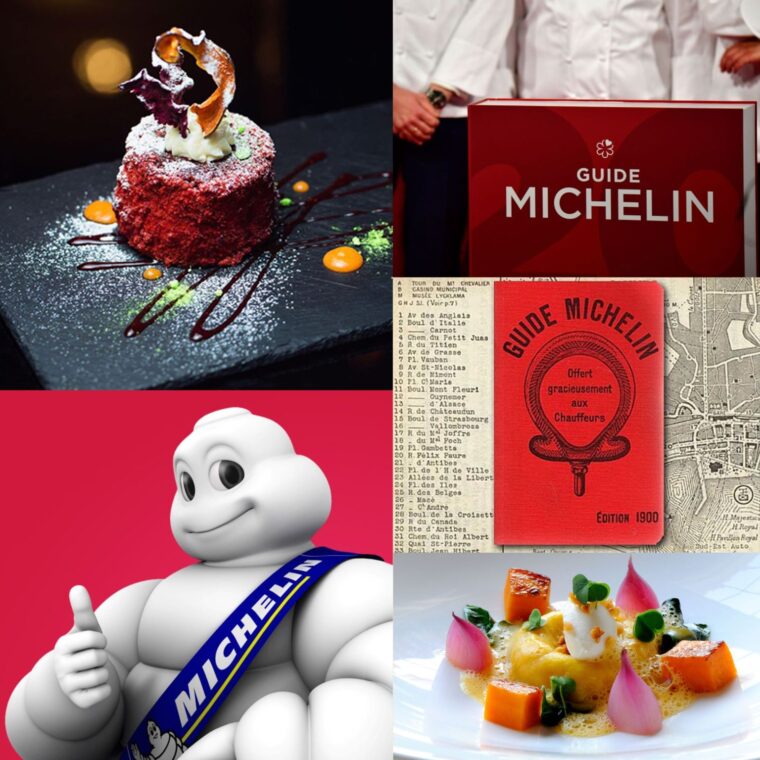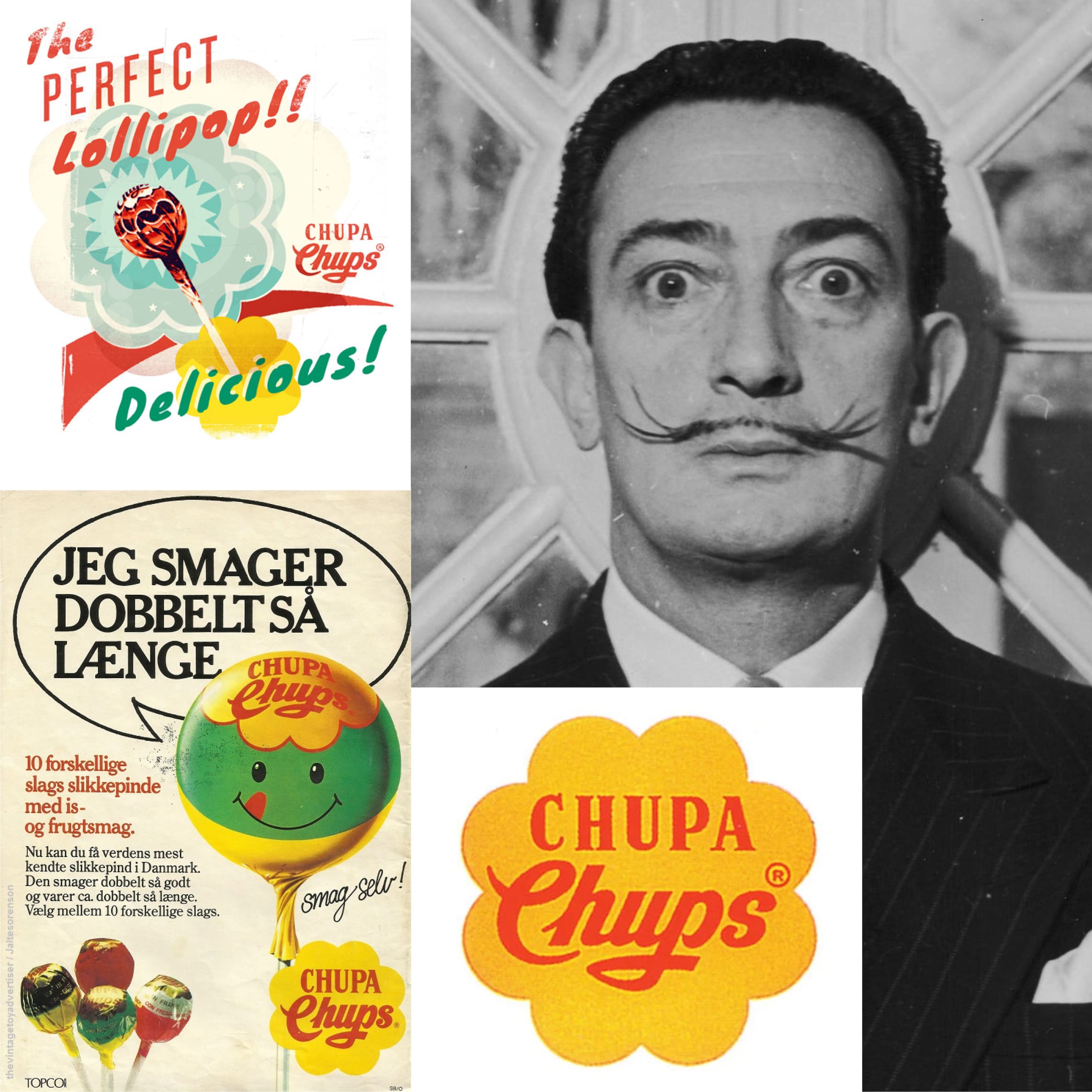The word ‘Michelin’ might make you think of tires, perhaps those cute, chubby, white Michelin Man commercials. But what if I told you that the same Michelin is also behind one of the world’s most prestigious dining guides? A tire company… grading gourmet food?
In 1900, André and Édouard Michelin were two French brothers who ran a tire company. Now, cars were not all the rage they are today. There were fewer than 3,000 cars in France. To boost the demand for cars and, in turn, for car tires, the brothers concocted a genius marketing strategy. They produced a guidebook for French motorists. But this wasn’t just any guidebook.
This Michelin Guide, given away for free, included maps, information on how to change a tire, where to fill up on gas, and – here’s the catch – where to eat and lodge. The logic was simple: make people drive more, they’ll need to replace tires more often. And if they drive to faraway places, they’ll need places to eat and rest.
Over the years, the guide evolved, and so did its focus on fine dining. By 1926, it was introducing restaurant reviews and, wait for it, star ratings. A one-star rating meant “a very good restaurant,” two stars meant “excellent cooking that is worth a detour,” and three stars meant “exceptional cuisine, worth a special journey.” Chefs began striving for these stars, and diners started to seek them out.
As the years rolled by, the Michelin Guide expanded beyond France, grading restaurants across Europe and the world. The tire company had masterfully pivoted from selling rubber to influencing haute cuisine globally.
And to think, it all started as a ploy to sell more tires. The next time you see a restaurant boasting its Michelin star rating, remember the Michelin brothers and their crafty blend of motoring and fine dining.




